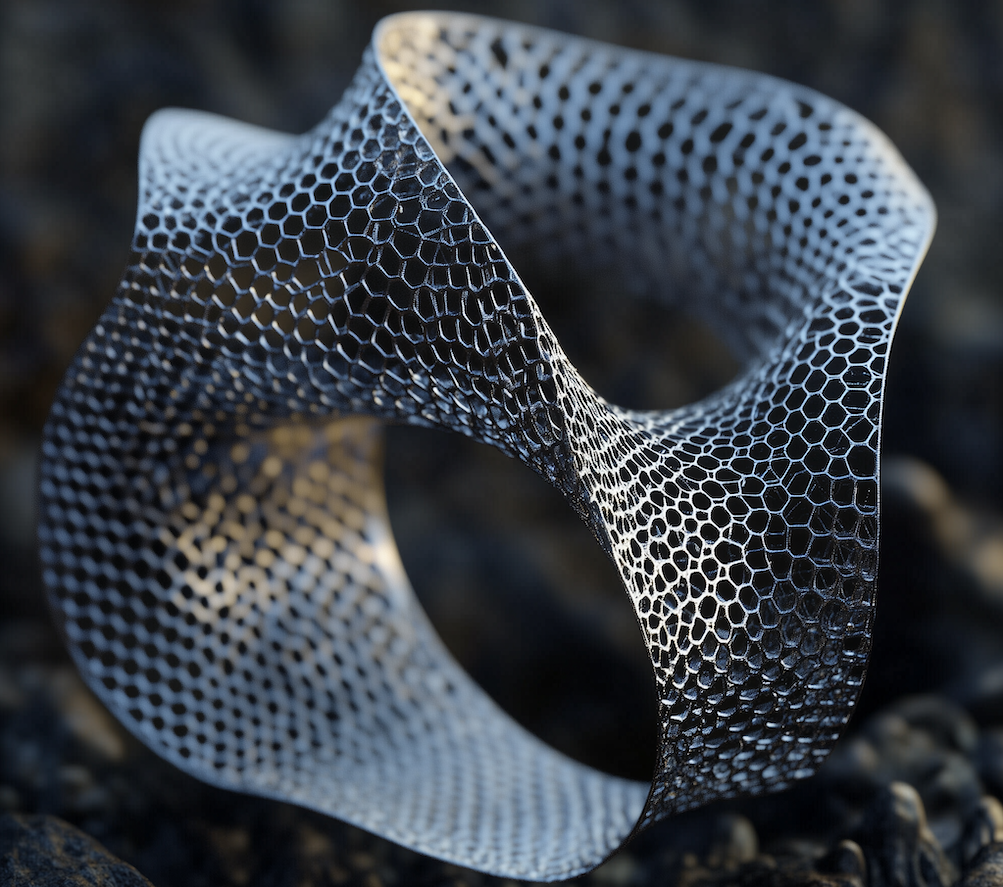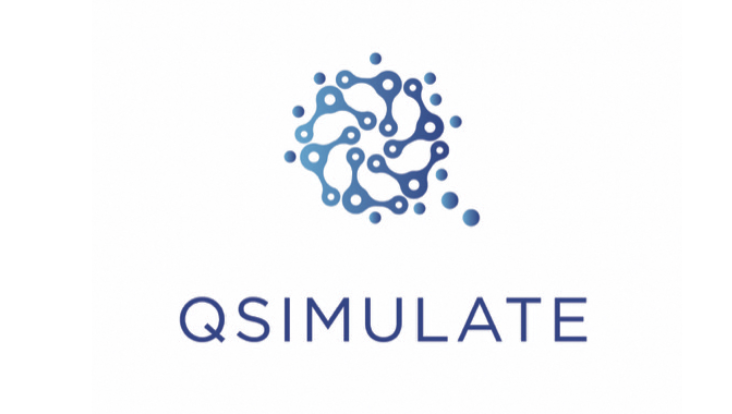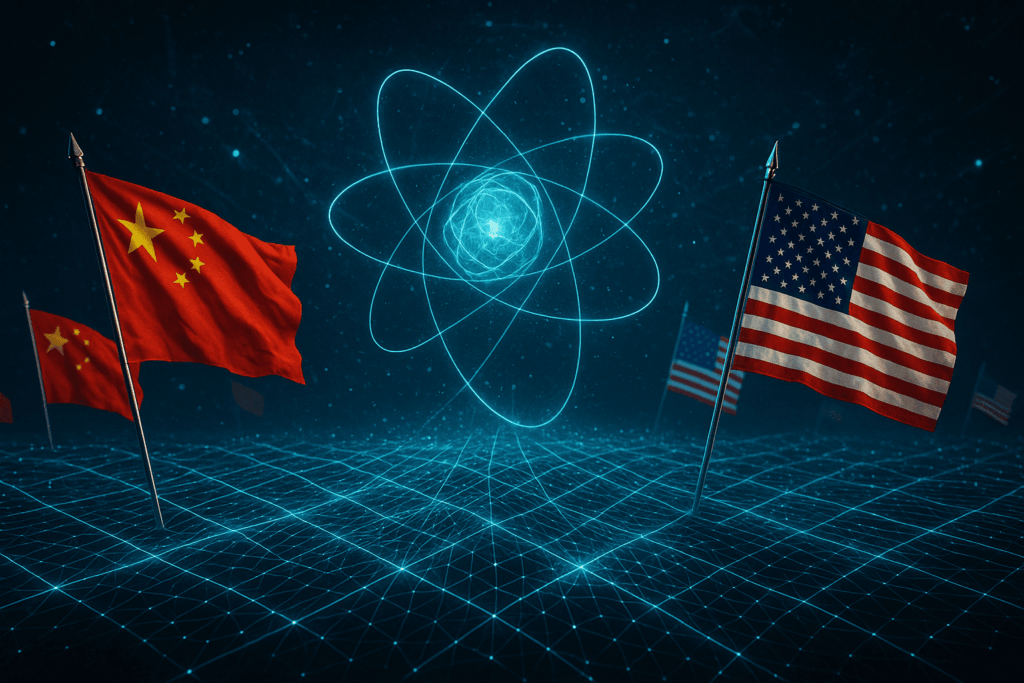Insider Brief:
- Researchers discovered a new class of quantum states in twisted bilayer–trilayer graphene, where electrons freeze into a structured lattice yet allow current to flow along the edges without resistance.
- The study builds on moiré engineering, using a precise twist angle to create interference patterns that dramatically alter electron behavior, leading to the formation of a topological electronic crystal.
- Physicists confirmed the state’s novelty through its quantized anomalous Hall effect and tunable Chern number, demonstrating control over electron topology with external electric and magnetic fields.
- The discovery has potential implications for quantum computing, as topological states offer stability against noise, but challenges remain in achieving similar effects at higher temperatures and integrating the system into practical quantum devices.
As with many emerging technologies, quantum science is no stranger to misinformation, misinterpretation, and the ever-present tendency to stretch its implications into grand metaphors of possibility. Quantum mechanics, in particular, is so far removed from daily life that it often requires analogies to be discussed in a way that feels tangible. In particular, we often hear that quantum states are infinite, that they are everything, everywhere, all at once—an idea that, while poetic, does not do it justice.
While the possibilities seem infinite, they are governed by probabilities–order within the mathematical expanse. As we further understand quantum states, new states may redefine what we know about the properties of matter. A new study published in Nature by researchers from the University of British Columbia, the University of Washington, and Johns Hopkins University has done just that, presenting a new class of quantum states in a carefully engineered graphene structure. This newly discovered topological electronic crystal both adds to our understanding of electron behavior and challenges what is known about how matter can exist at the quantum level.
Simple Twists and Quantum Behavior
This discovery builds on advances in moiré engineering, a technique that uses carefully introduced rotational misalignments between two-dimensional materials to manipulate their electronic properties. The researchers stacked bilayer and trilayer graphene with a precise twist angle of 1.5 degrees, creating a moiré pattern—a geometric interference effect that alters how electrons move through a structure. Instead of flowing freely, as they would in a standard conductor, the electrons slowed to a near-halt, their motion resembling the way water swirls down a drain, as described in a recent release from the University of British Columbia’s Quantum Matter Institute.

The most striking aspect of this experiment was the unexpected emergence of a perfectly ordered electron lattice within the twisted graphene structure. While the interior electrons remained locked in place, the edges of the material allowed electric current to flow without resistance. As noted in the release, this paradoxical combination of order and conductivity had never been observed in electron crystal states before. The researchers further likened the behavior of the electrons to ballet dancers performing stationary pirouettes, synchronized yet localized.
Understanding this phenomenon begins with the concept of topology, a mathematical framework that describes properties that remain unchanged despite continuous deformations. The topological nature of the electron crystal meant that the current flowing along its edges was governed by fundamental constants of nature—Planck’s constant and the charge of the electron—ensuring precision and stability against disorder.
Just as a Möbius strip retains its twisted topology regardless of how it is manipulated, the circulating electron channels within this system remained undisturbed by imperfections in the material. This observation led researchers to classify the state as a topological electronic crystal, distinct from previously known quantum phases.
Defining the Unknown
It’s important to note that the discovery of a new quantum state is never a straightforward process. Physicists must rigorously determine whether an observed phenomenon is truly novel by comparing it to established theoretical models, conducting repeatable experiments, and verifying that it does not fit within existing classifications.
In this case, the researchers found that the topological electronic crystal exhibited a quantized anomalous Hall effect, meaning that its electrical conductivity was precisely determined by the system’s topological invariants. This was an essential distinction, as it set the state apart from conventional Wigner crystals and aligned it more closely with exotic topological materials that break both translational and time-reversal symmetry.
Further supporting this, the system’s Chern number—a topological property describing how electrons move in momentum space—was found to be highly tunable. What this means is that by applying electric and magnetic fields, researchers could switch the Chern number between +1 and -1, which is a level of control not seen in prior electron crystal states.
Implications for Quantum Computing and Open Challenges
Beyond its conceptual importance, this discovery carries notable implications for quantum information science. Topological states have long been considered ideal candidates for quantum computing because they are inherently resistant to noise and environmental disturbances, which may play into developing scalable quantum processors.
The researchers suggest that the topological electronic crystal could potentially be coupled with superconductors to form qubits for topological quantum computing. Such qubits would lean on the resilience of topological states to store quantum information in a way that is protected from local perturbations. Additionally, the ability to precisely control the topological properties of this system suggests that it could serve as a highly adaptable platform for quantum simulations, allowing scientists to engineer and study complex quantum phenomena with more precision.
Despite the above, challenges remain. The observed behavior was measured at temperatures as low as 10 millikelvin, which is far from practical for widespread applications. One of the ongoing challenges in quantum materials research is finding ways to achieve similar properties at higher, more accessible temperatures. Another challenge lies in integrating this system with existing superconducting materials to form functional qubits, a step that will require further experimental refinement. Additionally, while the researchers demonstrated control over the Chern number and electronic behavior of the system, scaling up these effects for use in larger devices remains an open question.
Designed States of Matter
The identification of a new class of quantum states in twisted graphene may exemplify how carefully engineered materials can induce new phases of matter. By demonstrating a state in which electrons exhibit both crystalline order and edge conductivity, the study challenges conventional assumptions about electron crystallization and opens new possibilities for quantum materials research.
While many questions remain, particularly regarding how to use these properties for technological applications, the ability to manipulate topology and electron motion with precision suggests that future advances in quantum computing and materials science may potentially come about from deliberate design of quantum landscapes where unexpected behaviors emerge.
Contributing authors on the study include Ruiheng Su, Dacen Waters, Boran Zhou, Kenji Watanabe, Takashi Taniguchi, Ya-Hui Zhang, Matthew Yankowitz, and Joshua Folk.
















